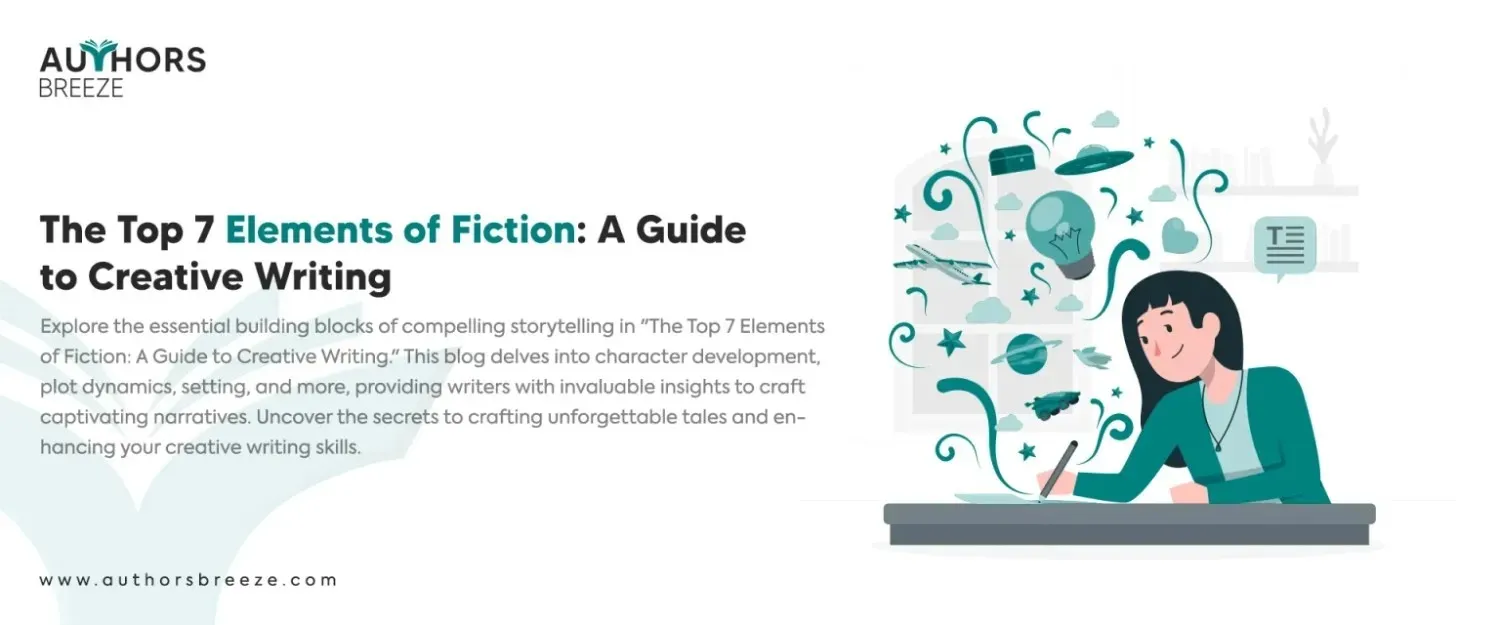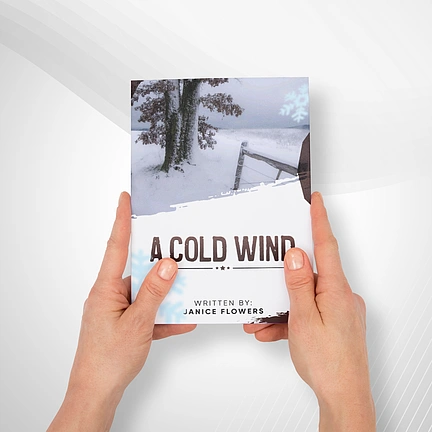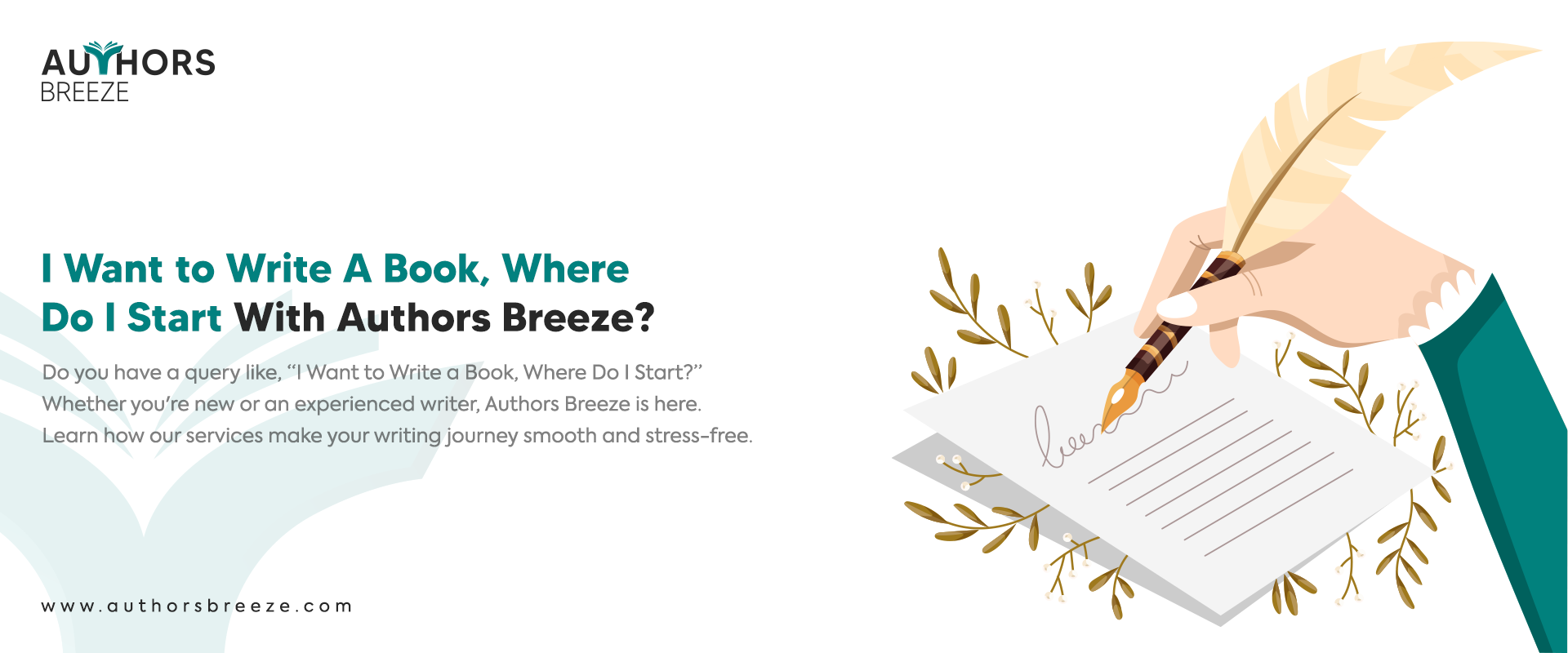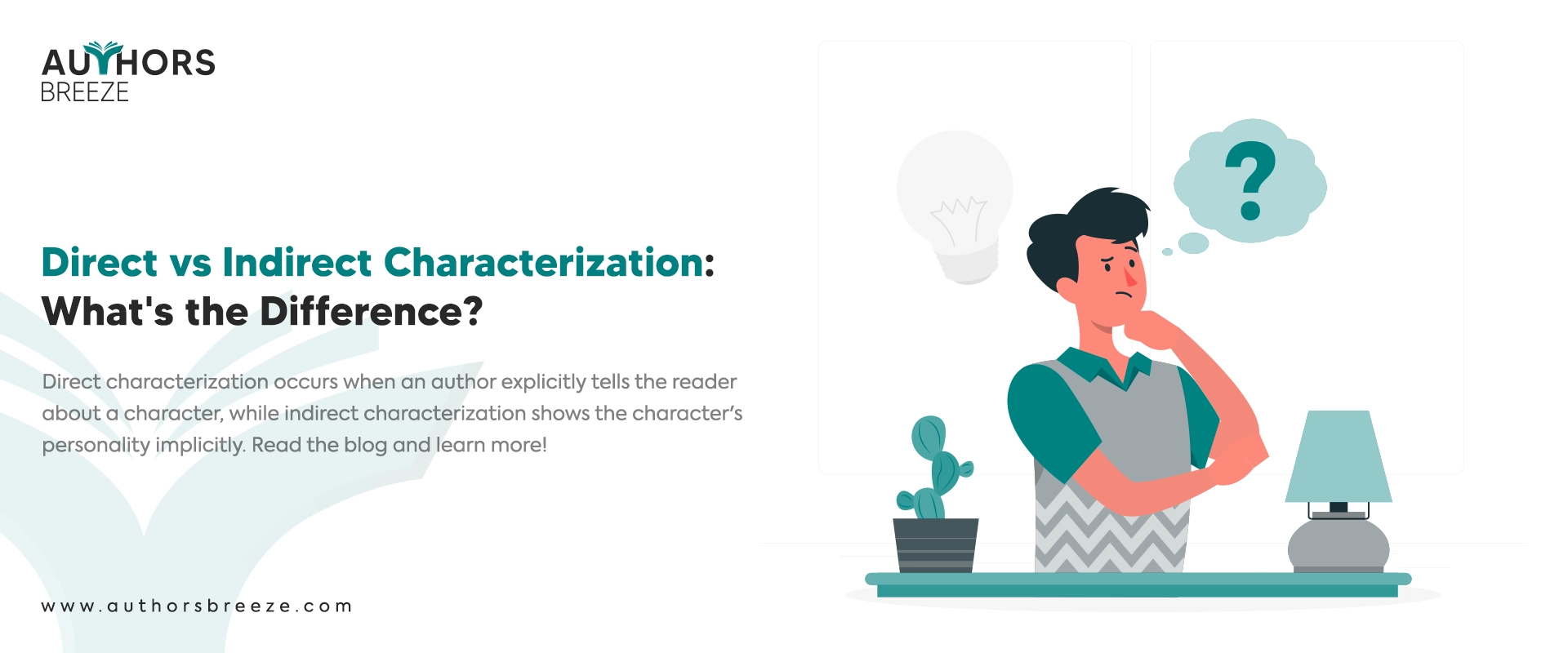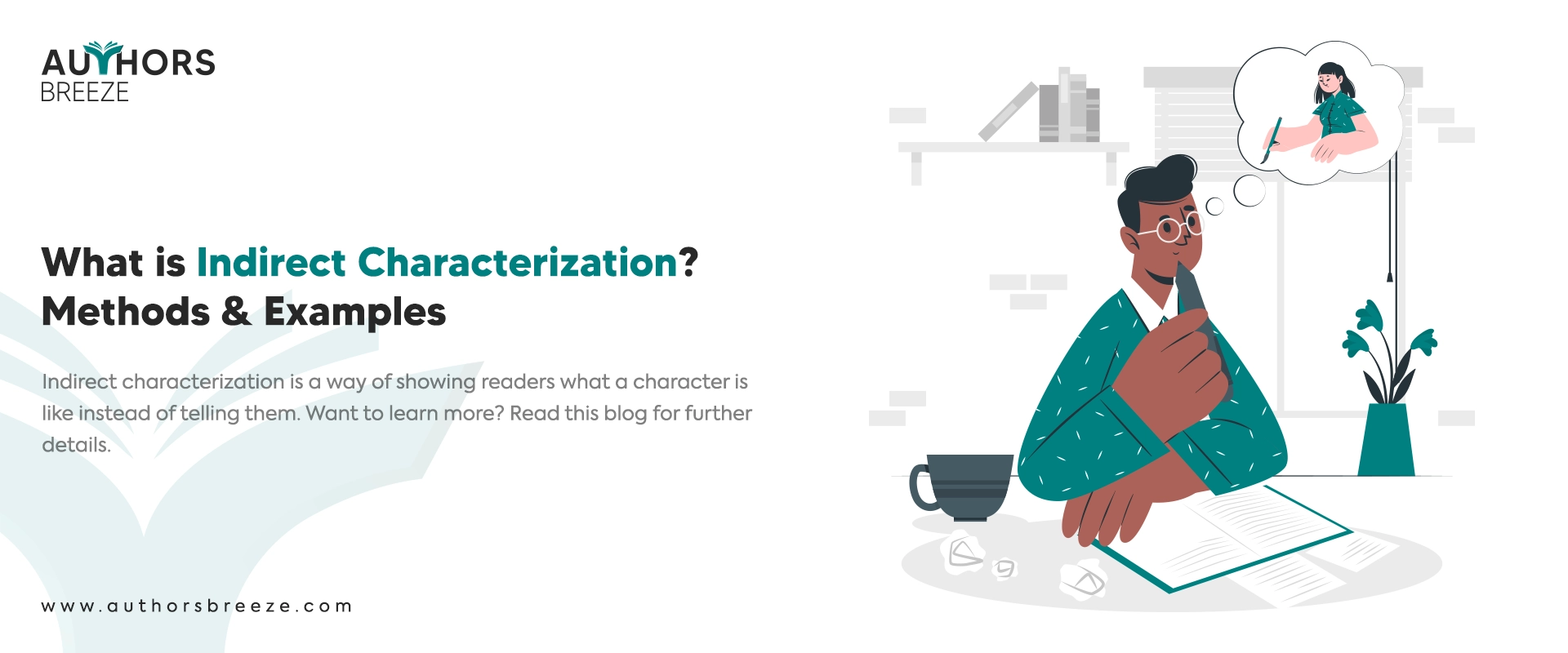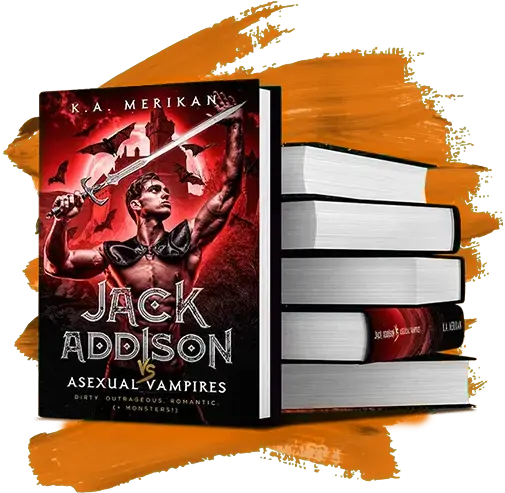The world of books stretches beyond space-time. They set a deep connection with the reader through the characters concerning the plot. In deep space, we find a conflict between science and nature through the observer’s point of view. So, in the hope of breaking it down in time and space, we are involved in dialogue with each other to understand its theme through our own style. Let us go further to understand these elements of fiction.
This is what a writer is able to do. A writer can craft an immersive world of stories and can breathe life into it. On the other hand, they can write captivating plots and themes. A writer should be able to provoke thoughts and incite deep emotional connection with their readers through the stories. For a writer to do this, they should know the elements of fiction, and we are here to help.
However, to do this is not easy, even as a writer, when you do not know about the basics and key elements of fiction. In this blog, we will swim in the space of worlds of words. Let us not drop a word and start our journey through the stars.
What are the Elements of Fiction?
Before we get into the top 7 elements of fiction, we need to understand what even elements of fiction are. A part of fiction in its core is a block of a building, and there are mainly seven such blocks. The elements of fiction work just like blocks. They work together seamlessly to create a building. In the context of books and writing, this building is the whole story of the book.
Fictional elements are essential in order to write a fiction book, a story, a novel, or anything that includes any sort of fiction in it. The seven elements of fiction include characters (individuals), dialogue (discourse between individuals), plot (sequence of events), and more.
Below, we will explore and understand everything about the top 7 elements, their benefits, their use case in stories, and more.
The Top 7 Elements Of Fiction
There are more than seven elements of fiction. However, you will find seven elements of fiction in almost all stories, no matter what form the story takes. All of these seven characteristics of the fiction genre work together to create a clear narrative. If you want to write a book, then you need to know each of them. These are the building blocks of fiction. The elements are:
- Character
- Plot
- Setting
- Theme
- Point Of View
- Conflict
- Style
1- Character
Characters can be defined as players playing a part in the story. It is the most crucial element in fiction, as there should be an occurrence with someone or something in the story in order for the story to go by. Characters within a story can be any, from human beings, animals, objects, or aliens.
If any of them make decisions within the story, then they would be referred to as characters. Almost all books have two or more main characters. Elements of character are also vital in fictional stories because we as human beings read and enjoy stories the most when we see ourselves in them, and it is often through the characters.
Characters can be communicated through their dialogues, how they speak, their physical appearance, the way they interact with other characters in the story, and more. Different tales have different characters, such as protagonists and antagonists. Apart from these common and main ones, there are also other characters that are involved in the story and add greatly to the elements of fiction.
Here are the most common characters involved in stories:
- Protagonist
- Antagonist
- Morally Grey Characters
- Foil Characters
- Supporting Character
Protagonist
A protagonist in a story is the main character, the lead, the one the story revolves around. A protagonist makes key decisions that may affect the plot of the story. The character also influences the tale and continues it forward, and often faces the most obstacles.
Antagonist
An Antagonist is the opposite of a protagonist in terms of the main characteristics. These characters are often called ‘villains’ and ‘the bad guys’ who oppose the hero or protagonist. At the same time, antagonists are often portrayed as villains and the protagonist as a hero. However, this is not always the case. The antagonist does not always play as the villain. In some stories, like Light Yagami, the protagonist is a villain, and the antagonist is an opposing hero.
Morally Grey Characters
Morally grey characters are not as simple and plain as the protagonist and antagonist. They are much more complicated than them. Morally grey characters have complex motivations, and they do not fall into either of the two spectrums: protagonists and antagonists. They are neither purely good nor purely evil. They have both good and bad traits.
Foil Characters
A foil character is a simple yet complicated personality in the stories. Such characters contrast the traits and acts of another character, and oftentimes, these characters are protagonists. However, a foil character for the protagonist will not always be the antagonist. Antagonists oppose the protagonist, and sometimes they represent opposing ideas to the protagonist. Thus, they can also be called a foil character.
Supporting Character
A supporting character in a story falls between a main character and a minor character. In other words, supporting characters are not the focus of the story; thus, they are not mentioned much. However, they appear enough times that they are more than just a minor character. Supporting characters are not independent. They rely on a character, but they may develop a backstory on their own.
In some cases, supporting characters may become the main characters if they get much recognition from the audience. These cases include ongoing stories, such as vampire romance books and television series.
2- Plot
You have surely heard of the phrase “I’m watching ‘xyz’ for the plot,” what is it? It comes among the most essential elements of fiction and is referred to as the sequence of events. In simple ways, the events that take place in the story are called a plot. It includes all the turning points that the characters experience, either minor or major.
Generally, all stories have a beginning, a middle, and an end. However, a plot typically has these five main elements:
- Exposition
- Inciting Incident
- Rising Action
- Climax
- Falling Action
- Resolution (Denouement)
Exposition
The exposition is the start of the story, where the setting, main characters, and initial situation are introduced. At the same time, it also establishes the whole aura of the story. It provides the necessary background information for the readers to understand the entire context of the narrative.
Inciting Incident
The inciting incident is an event or circumstance that sets the story in motion and keeps the story in a continuum. It disrupts the ordinary world of the characters and creates a problem or conflict that needs to be resolved. This incident is what kickstarts the plot of the story. This is also required for any tale as there should arise a problem, conflict, or any situation that helps keep the story going.
Rising Action
The rising action is the central part of the story, where the main character faces a series of obstacles or challenges. These complications build tension and suspense, and this drives the plot forward. In this part, the character’s goals become apparent, and they take action to achieve or fulfill them.
Climax
The climax is the crucial point of the story, where the central conflict reaches its peak. It is also known as the turning point of the story. It is the moment of greatest tension and emotional intensity. In this part of the plot, the protagonist often faces a critical decision or confrontation. This determines the outcome of the story.
Falling Action
Following the climax, the falling action involves the consequences and aftermath of the climax. Loose ends are tied up, and the story begins to resolve its conflicts. This part of the plot eases the narrative towards its conclusion. It is also an essential part as it clears the story for the reader. This is also the part that leads to the resolution of the plot.
Resolution (Denouement)
The resolution is the final part of the plot, where all questions that are built into the story are answered. This is the very part in which the story comes to a conclusion, clearing all conflicts (hopefully). This “ending” may or may not be happy or sad, but it sure will be a satisfying one.
This part marks the ending and solves everything, such as any issues, conflicts, or problems. While this may not be the complete end, it depends on the author to either continue the story or end it here once and for all.
Key Takeaway: “The core element of every play is Action.“
3- Setting
This element of fiction is known to be a place for the non-readers. However, for the readers, it is more than just a place. It provides the context for the story and influences the characters, plot, and overall atmosphere of the story. A setting, in essence, can be anything from a physical location (could be real or imaginary) to the social environment of the story (this includes chronology, culture, institutions, etc.).
The two main elements of a setting are time and location. A story’s time period is essential when it comes to themes, conflicts, and the plot’s chronological order of events. Furthermore, the location will also direct the whole genre of the work.
Setting includes both the physical location (place) and the period of time (past, present, or future) in which the story takes place. This can range from a specific geographical location, such as a city or a small town, to a much broader position, like a distant planet or an alternate historical era in time. Following the setting of story examples, you can better understand and improvise it in your own stories.
We Help You Write Wonderful Ebooks
Need assistance in crafting great stories? Our ebook writing services just do that for you.
Hire Ebook Writer4- Theme
This element of fiction is the one that hides behind the walls of stories. This is why authors do not explicitly state their work’s central message or theme. Instead, they use other elements of fiction in order to hint at their main theme. The theme is an incredibly essential element of fiction, and it is what your story is really about.
All fictional books have themes, either it is intentional or not intentional. Even the authors who are not aware of the theme use it in their stories. The theme is the main idea of the story, but it can also be a lesson or a message. It is a general message or lesson that can fit into many different stories. Writers show the theme usually through the characters, the places they are in, and the things that happen to them.
5- Point of View (POV)
It is too easy to understand, but we will not oversimplify it. This element of fiction has to do with the perspective of someone or something in a story. The Point Of View (POV) in a story is the perspective from which we read the story. It is the scope that is used to convey the story to the reader.
There are mainly three types of POV:
- First-person
- Second person
- Third person (limited and omniscient)
First Person
The first person in the story is regarded as “I” in the story. It implies or gives us a feeling that we are inside the story and are the main character. It is usually or almost all times used for the main characters. This is the most common POV as there should be a main character, and that implies the existence of the first person’s POV.
Second Person
The second person in the story or novel is the “you” point of view. The second-person perspective is when the narrator directly addresses the reader using “you.” This POV is relatively rare in fiction and is less common than first-person (I, we) or third-person (he, she) perspectives.
Third Person Limited
The third person’s POV is pinned as “he,” “she,” or “they.” This is the most used POV in fictional stories. This perspective is showcased as we are reading from the view of a specific character in the story.
Third Person Omniscient
The third-person omniscient is similar to their person limited; however, there are some significant differences. This is the only point of view where we get more than one character’s perspective in a story. Furthermore, the pronouns used in this POV are the same as in the third person limited.
6- Conflict
If we call this element of fiction the ‘heart of the story,’ then it will not be wrong. Conflict is one of the most important and vital elements of fiction and is somehow related to the main character of the story. This is the element of fiction that keeps the story going and keeps the reader interested and invested.
7- Style
This element of fiction refers to the way of a work of fiction. It is not necessarily about what the story is addressing but about how it is actually addressing it. Different authors have different writing styles, which distinguishes them from other authors in the industry.
There are a few factors that determine the writing styles of a story, including:
- Syntax
- Imagery
- Figurative Language
FAQ’s
What is the Golden Rule of Writing Fiction?
The golden rule of writing of writing is "Show, don't Tell." This means not telling the reader how the character reacts; instead, making the reader feel the reaction.
How Do You Write a Powerful Fiction?
You can write a powerful diction by following the below-mentioned steps:
- Choose a story idea
- Define the central conflict
- Develop your characters
- Set the stage
- Plan your key plot points
- Pick the POV that suits your story
- Set a writing schedule
- Review and revise
What are the Three Characteristics of Fiction?
The three main characteristics of fiction are as follows:
- Character
- Plot
- Setting
What is Fiction in Literature?
Fiction is an integral part of literature, and it refers to an imaginative story that has nothing to do with real life or events.
How Do You Define the Setting in Literature?
Setting in literature is the time and place that the author chooses for their literary work. It can be a real period in time and geographical location. It can also be a fictional world and an alternate time period.
How Does the Author Use Fictional Elements to Develop a Theme in "Look Homeward, Angel"?
The author develops:
- The societal outcast theme through the elements of characterization.
- The marital harmony theme through plot details.
- The small-town gossip theme through setting details.
- The coming-of-age theme through point of view.
Conclusion
These are the most critical elements of the literature that we have discussed. All of these fiction elements work together to make the whole fiction text structure. No matter whether a pro or a beginner, an author should be responsible enough to know the elements of fiction writing. So, you should know the elements in writing in order to make your stories among the best fiction examples.
If you, too, want to write exceptionally good literature, then learn about all the elements in literature. We hope this list of literature elements will help you increase your knowledge of the element of literature. However, if you want help in writing the best stories, at Authors Breeze, our best ghostwriters can help you with that.

